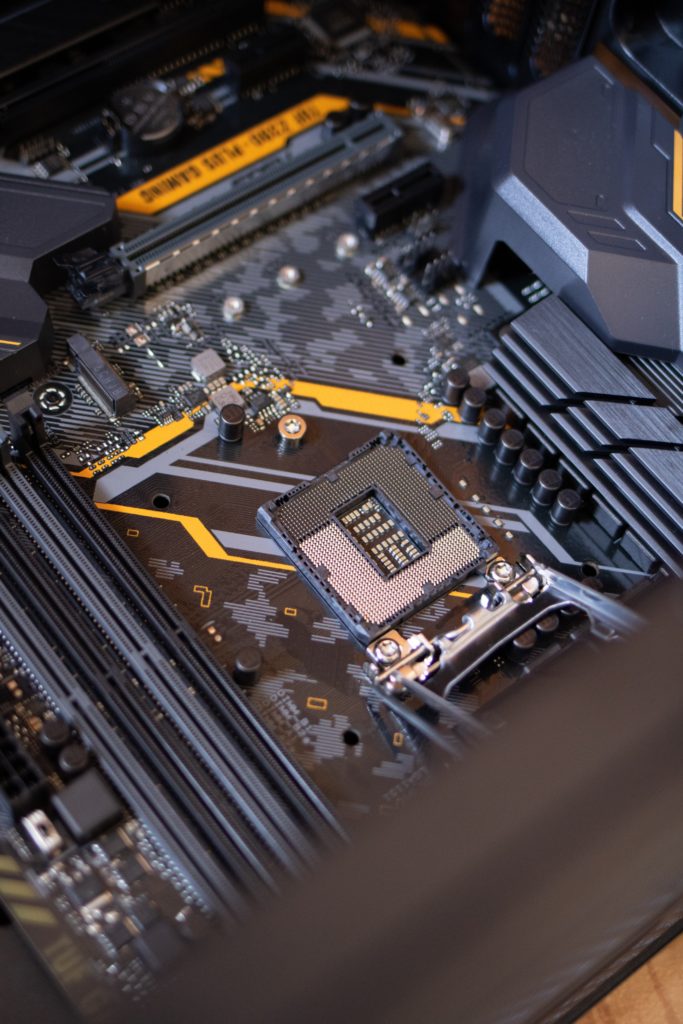About Us
IEEE ( Institute of Electrical and Electronics Engineers)
SPSU(Sir Padampat Singhania University)


About IEEE
IEEE, an association dedicated to advancing innovation and technological excellence for the benefit of humanity. It is the world’s largest technical professional society. It is designed to serve professionals involved in all aspects of the electrical, electronic, and computing fields and related areas of science and technology that underlie modern civilization.
History
IEEE, an association dedicated to advancing innovation and technological excellence for the benefit of humanity, is the world’s largest technical professional society. It is designed to serve professionals involved in all aspects of the electrical, electronic, and computing fields and related areas of science and technology that underlie modern civilization.
IEEE’s roots go back to 1884 when electricity began to become a major influence in society. There was one major established electrical industry, the telegraph, which since the 1840s had come to connect the world with a data communications system faster than the speed of transportation. The telephone and electric power and light industries had just gotten underway.

IEEE SPSU
IEEE will be essential to the global technical community and to technical professionals everywhere, and be universally recognized for the contributions of technology and technical professionals in improving global conditions. Sir Padampat Singhania University IEEE Student Branch (SB) was formed in May 2020 with the objective of boosting learner’s awareness of emerging technologies to benefit humanity. The IEEE SB will provide a platform for the universities stakeholders to come up with new innovative and creative ideas. Our vision is to create a community of competent individuals who are passionate about state-of-the-art technologies.
GROWTH AND GLOBALIZATION
Over the decades that followed, the social roles of the technologies under IEEE’s aegis continued to spread across the world and reach into more and more areas of people’s lives. The professional groups and technical boards of the predecessor institutions evolved into IEEE Societies. By the early 21st century, IEEE served its members and their interests with 39 Societies; 130 journals, transactions, and magazines; more than 300 conferences annually; and 900 active standards.
Since that time, computers evolved from massive mainframes to desktop appliances to portable devices, linked to global networks connected by copper wire, microwaves, satellites, or fiber optics. IEEE’s fields of interest expanded well beyond electrical and electronics engineering and computing into areas such as micro-and nanotechnologies, ultrasonics, bioengineering, robotics, electronic materials, and many others. Electronics became ubiquitous, integrated into everything from jet cockpits to industrial robots to medical imaging.
As technologies and the industries that developed them increasingly transcended national boundaries, IEEE has kept pace. It is now a global institution that uses the innovations of the practitioners it represents to enhance IEEE’s excellence in delivering products and services to members, industries, and the public at large. Publications and educational programs are delivered online, as are member services such as renewal and elections. By 2010, IEEE comprised over 395,000 members in 160 countries. Through its global network of geographical units, publications, web services, and conferences, IEEE remain the world’s largest technical professional association.
Vision
To advance global prosperity by fostering technological innovation, enabling members’ careers, and promoting community worldwide.
Mission
The IEEE promotes the engineering process of creating, developing, integrating, sharing, and applying knowledge about electro and information technologies and sciences for the benefit of humanity and the profession.
